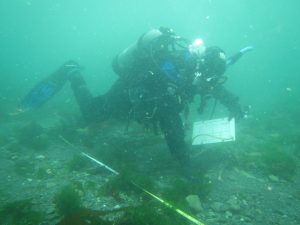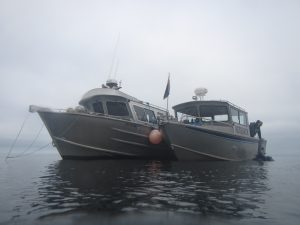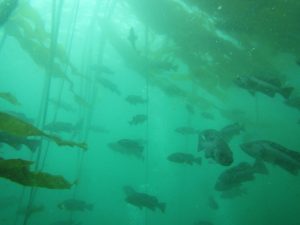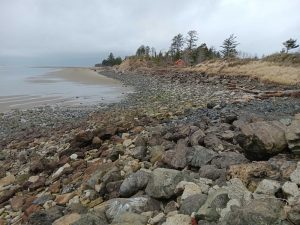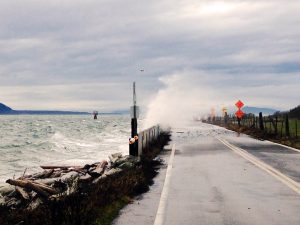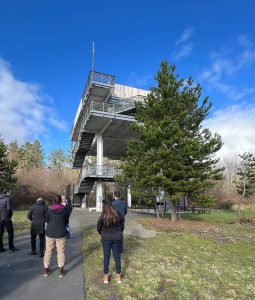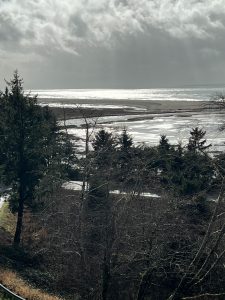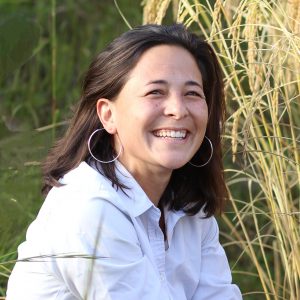Jenna Keeton, Fisheries Specialist
In the late 1970s, conflicts between oceangoing tugs and commercial crabbers became a major problem in Washington, Oregon and California. Crab pots fouled tugs as they moved between coastal ports, and the loss of gear created severe hardships for commercial crabbers. Sea Grant programs on the West Coast helped broker an agreement that provided navigable towboat and barge lanes through the crabbing grounds between Cape Flattery, Washington, and San Francisco.
Since the late 1990s, WSG has led this process, maintaining the industries’ cooperation and saving them more than $1 million annually. WSG will continue to hold several negotiations each year, improve electronic towlane charts and evaluate the project’s economic impacts.
Towards that, in summer 2016 a new set of visually enhanced charts (“chartlets”) was published, and a Google map webpage that will reflect the same detail as the chartlets is currently under development. In addition, WSG is facilitating discussions between industry and the National Weather Service and U.S. Coast Guard to improve marine weather forecasting and coastal bar-closure policies, and will highlight discussion outcomes.
